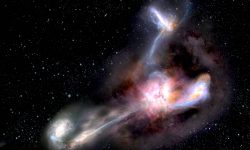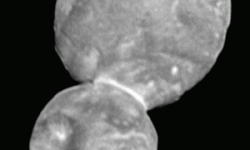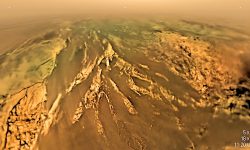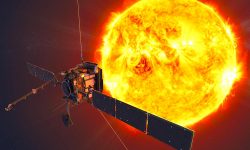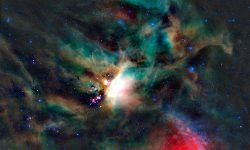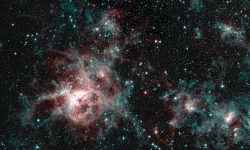Tail Lights
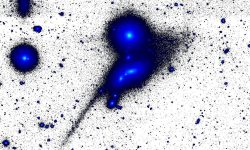
February 20, 2020 Energetic tails are common features in the Universe. Celestial objects such as Centaurus A; hot-bright stars, planets, and comets, exhibit collimated jets or trailing emissions that are difficult to explain. Every new observation requires a new theoretical revision, or an admission of complete bafflement. A group of…






